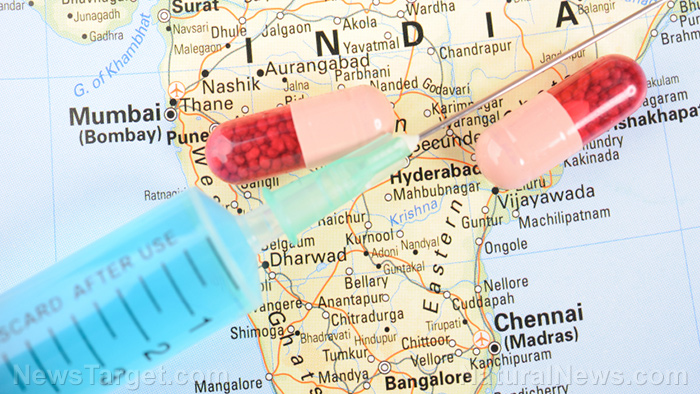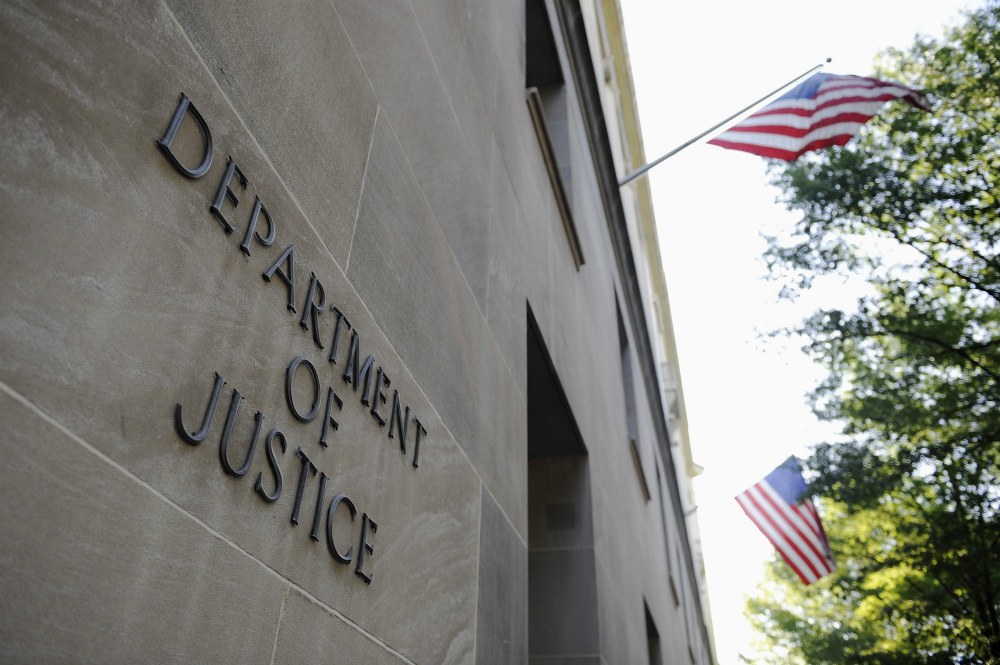
At the beginning of the lockdown in late March, Prime Minister Narendra Modi tried to appeal to the country's businesses to keep paying their workers. However, this did not happen and many people were left with little money and food, forcing them to abandon their city jobs and make the trek out to their homes.
https://twitter.com/dwnews/status/1265889288887009281
Around 7.5 million migrant workers have already returned to their homes. In the first wave of reverse-migration, around four million Indians crammed themselves into buses and other forms of public transport to get home. Some even walked hundreds of miles away from their places of work. In the second wave, around 3.5 million departed on over 2,600 trains that the Indian government began operating in early May to accommodate for the exodus.
Just last weekend, Indian Railways, the country's state-owned railway organization, said that they would try to transport another 3.6 million workers home on another 2,600 emergency trains over a 10-day period.
By the end of May, experts believe this could be the largest mass movement of people on the Indian subcontinent ever since the Partition of India at the end of World War II, which sent around 15 million people packing to either Pakistan or India.
https://twitter.com/EWTNews/status/1264039355800313867
Concerns raised over health of local communities
Indian health officials have been struggling to contain the country's many outbreaks in the densely packed slums of large cities such as Mumbai, a major center for internal migrant labor, where more than a third of the country's coronavirus cases have been recorded.
In the past few weeks, the government has been facilitating travel for migrant workers who want to return to their homes. Local authorities in migrant-packed cities are supposed to be screening them for COVID-19 before they leave, and the states and villages where they will be arriving are supposed to be prepared to receive these returning laborers with both coronavirus tests and facilities where they can safely quarantine for the next two weeks.
However, despite great effort, state, urban and local officials have said that the task has been very overwhelming due to the immense number of workers still stuck in the country's urban centers.
According to both migrants and government officials, pre-departure screening has been spotty, and post-departure confinement facilities are not secure enough. Furthermore, only people exhibiting flu-like symptoms are being tested for COVID-19, which can still be infectious while people remain asymptomatic. Many arriving migrants are not even tested. (Related: South Asia grapples with the coronavirus outbreak: India cracks down and Pakistan leaves patients in appalling conditions.)
Listen to this special episode of the Health Ranger Report as Mike Adams, the Health Ranger explains how the coronavirus lockdowns have been weaponized against humanity and why they must end immediately.
Workers: There is “no way back” after lockdown
Millions of migrant workers were left jobless because of India's lockdown. Countless workers have died from hunger or in accidents as they traveled home. This ordeal has made many reluctant to return to work despite the fact that parts of the country are easing lockdown restrictions, allowing some “non-essential businesses” to reopen and industrial activity to restart.
Around 20 percent of the Indian workforce – or around 100 million people – is made up of migrant laborers who leave their home villages in other parts of the country for jobs in one of India's heavily congested cities.
According to reports from aid workers, more than half of the workers who contacted them during the lockdown were out of food and money, and nearly four out of every five were not paid by their employees.
Furthermore, the Stranded Workers Action Network, a collective of relief volunteers, said that around 13 percent of the 17,000 migrant workers who contacted them would not go back to the cities and will instead seek work in their home towns.
“Nobody was understanding our problems there. My employer did not lift the phone when I contacted him to ask for my 10 days' wages pending with him. They are big people. What can we do?” said Lokanath Swain over the phone to the Thomson Reuters Foundation. Swain is a power loom operator in the Indian textile hub of Surat, a city with over four million people.
“What is the point of returning now? My employer abandoned me. I would rather stay with my family even if I earn half of what I earned there,” Swain added.
The fact that many migrant workers are hesitant to return to their old jobs has alarmed many industries. Some sectors of the Indian economy are bracing themselves for a possible labor shortage for the next few months.
The Indian government, aware of the magnitude of the problem, said that it would spend 35 billion rupees (approximately $462.137 million) on food and rural employment for migrant workers.
Some Indian states are taking matters into their own hands. Some states that are dependent on migrant workers, such as Maharashtra, are setting up programs to train locals to take their place. Some states that are home to millions of migrants, such as Uttar Pradesh, are setting up commissions to help regulate and connect unemployed migrants to their jobs in other states.
More than 60 percent of India's active cases have been recorded in just five cities, including the metropolises of Mumbai, Delhi and Ahmedabad. If the country's coronavirus pandemic gets worse, it seems unlikely that migrant workers will want to return to those densely populated cities despite any incentives.
Sources include:
Please contact us for more information.























